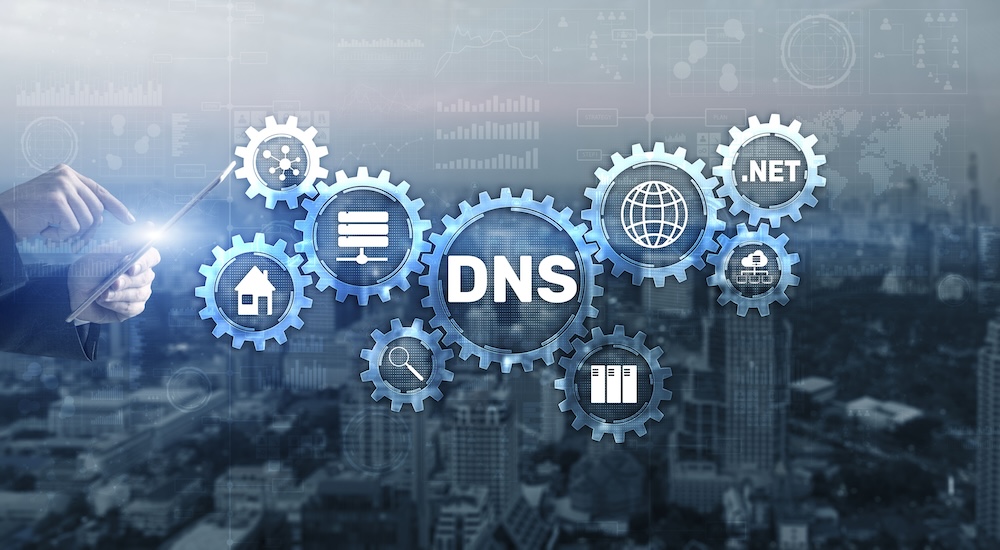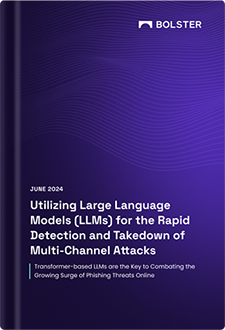As threats grow more sophisticated and harder to detect, DNS poisoning and domain hijacking are particularly concerning. Although they target different aspects of the Domain Name System (DNS), both can have severe consequences for users and organizations alike. Let’s examine DNS poisoning vs. domain hijacking, understand their differences, and explore measures to mitigate their risks.
What is DNS Poisoning?
DNS Poisoning, also known as DNS cache poisoning, involves inserting false information into a DNS cache. The DNS is essentially the internet’s phonebook, translating user-friendly domain names into IP addresses that computers use to identify each other on the network.
Here is how it works:
- Manipulation: An attacker exploits vulnerabilities in the DNS software to introduce malicious data.
- Cache Corruption: This malicious data is stored (or “cached”) on a DNS server.
- Redirection: When users attempt to access a legitimate website, the poisoned DNS server redirects them to a spoofed site controlled by the attacker.
- Phishing: Users may be tricked into entering sensitive information on these fake websites.
- Malware: Redirected sites can host malware, infecting users’ devices.
- Data Theft: Sensitive data can be intercepted and stolen.
What is Domain Hijacking?
Domain hijacking involves taking unauthorized control over the registration of a domain name. Unlike DNS poisoning, which manipulates data within the DNS cache, domain hijacking targets the domain’s registration details.
Here is how domain hijacking works:
- Exploitation: Attackers exploit vulnerabilities in the domain registrar’s system or use social engineering tactics to gain access.
- Unauthorized Access: Once they have access, they change the domain registration details.
- Control Transfer: The domain is transferred to the attacker’s control, allowing them to redirect traffic, change settings, or misuse the domain.
- Service Disruption: Legitimate website services can be disrupted.
- Brand Damage: The reputation of the hijacked domain’s owner can suffer.
- Financial Loss: Recovery costs and potential loss of business revenue can be significant.
Comparing DNS Poisoning vs. Domain Hijacking
While both DNS poisoning and domain hijacking are serious threats, their mechanisms and impacts differ:
| ASPECT | IMPACT | MITIGATION |
|---|---|---|
|
Target |
DNS cache |
Domain registration |
|
Method |
Injecting false data into DNS cache |
Unauthorized access to domain registrar |
|
Impact |
User redirection to malicious sites |
Full control over the domain |
|
Consequences |
Phishing, malware, data theft |
Service disruption, brand damage, financial loss |
|
Mitigation |
DNSSEC, regular cache purging |
Strong registrar security, 2FA, regular audits |
Preventing DNS Poisoning
- DNSSEC (Domain Name System Security Extensions): Ensures the authenticity and integrity of DNS responses.
- Regular Cache Purging: Periodically clearing the DNS cache can reduce the impact of poisoning.
- Up-to-Date Software: Keeping DNS servers updated with the latest security patches.
Preventing Domain Hijacking
- Strong Security Practices: Using strong, unique passwords and enabling two-factor authentication (2FA) for domain registrar accounts.
- Registrar Lock: Many registrars offer a domain lock feature to prevent unauthorized transfers.
- Regular Audits: Periodic reviews of domain registration details and access logs.
DNS poisoning and domain hijacking represent significant threats to online security. By understanding their mechanisms and implementing robust security measures, individuals and organizations can better protect their digital assets and maintain the integrity of their online presence. Staying vigilant and proactive is key to defending against these and other evolving cyber threats.






